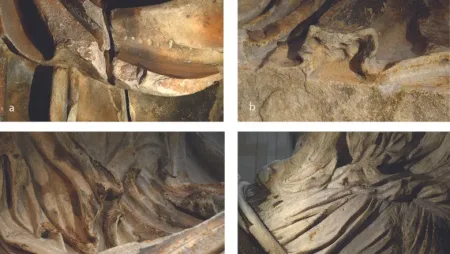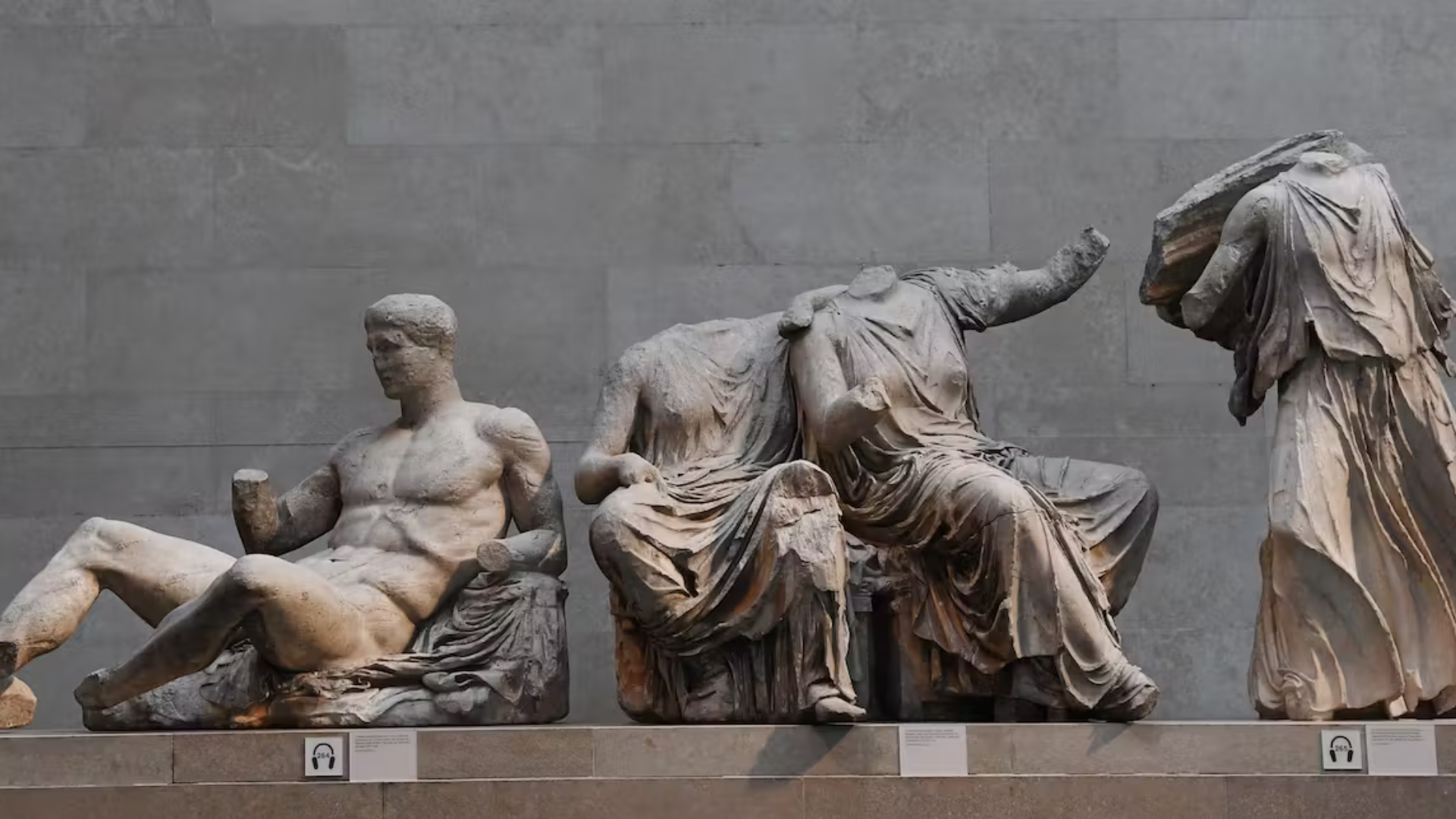In a new study held by the British Museum, researchers have found microscopic traces of paint on the ancient sculptures of the Parthenon.
The sculptures, admired by many for their white brilliance, have recently been scanned using innovative techniques to help determine whether pigmentation existed.
Using a technique called visible-induced luminescence, researchers found evidence that some of the sculptures were highly patterned with designs including human figures and palm leaf patterns, which were often painted to suite the texture of the marble indentation.

According to Dr Giovanni Verri a conservation scientist, the sculptures are the best-preserved examples of surviving polychromy in the mid fifth century, with the wealth of surviving paint helping us to see what is not visible with the naked eye.
Most strikingly, researchers used further scanning technology to examine the way the statues were carved, discovering that the sculptors used different techniques to represent the different fabrics and clothing worn by each statue.
As Dr Verri points out, the study indicates the technical intricacy used at the time and the extreme complexities using colour and design.
Source: The Guardian
